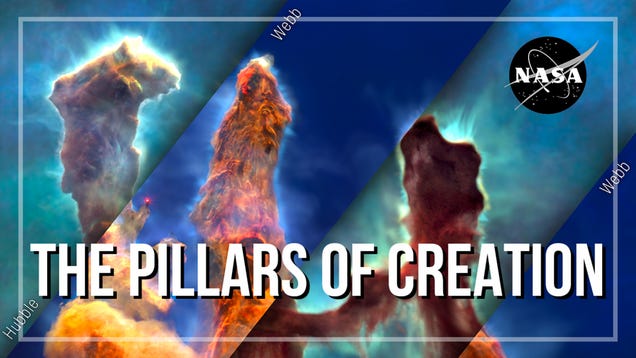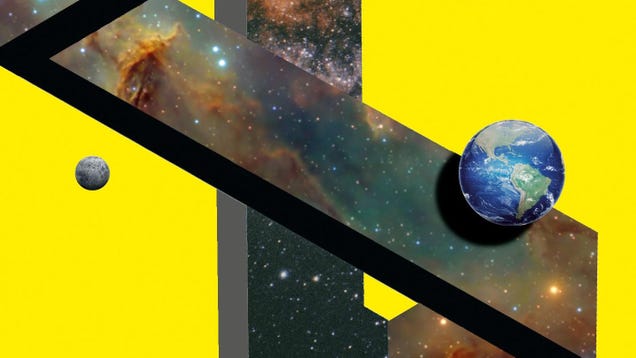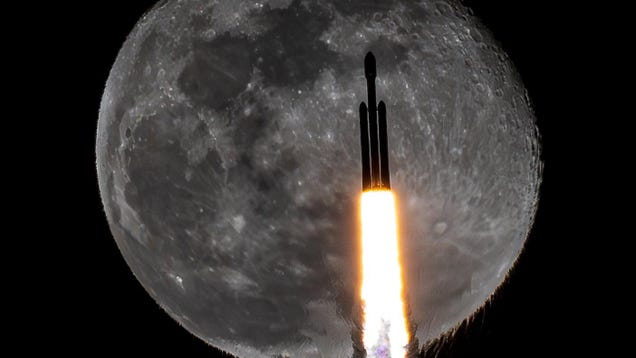

The shimmery towers of cosmic dust and gas at the heart of the Eagle Nebula have inspired awe for decades since they were first captured by the Hubble telescope.

For more than 30 years, NASA’s iconic Hubble Space Telescope has been scouring the cosmos to look for ancient galaxies and dazzling nebulae. The wear and tear of traveling through low Earth orbit is starting to show on the aging telescope, forcing it to resort to using only one of its three remaining gyroscopes to…

Update: April 30, 4:22 p.m. ET: NASA says Hubble is back online and resuming science duties, doing so on April 29. “The spacecraft is in good health and once again operating using all three of its gyros,” the space agency said.

A team of astronomers recently captured a series of images of a distant star as it wentsupernova, providing a remarkable play-by-play of stellar death and possibly the birth of a black hole.

The universe is a deeply vexing place. Every breakthrough we make in our understanding of it begets more mysteries about how all this (gestures wildly) actually happened.

The month is off to a running start when it comes to space, with a fresh crew launched to the International Space Station, some new astronomical insights, and the promise of a third SpaceX Starship test flight. Click through for the week’s coolest space imagery.

NASA’s Juno spacecraft captured new images of Jupiter’s moon Io during its latest flyby, coming within an eerily close distance of the most volcanically active world in the solar system for a second time in less than two months. The close encounter also shows what appears to be a pair of plumes erupting from the…

The mutilated surface of Jupiter’s moon Io was revealed in great detail by the Juno spacecraft, which has been exploring the Jovian system since 2016 and recently pulled off the closest flyby of the volcanic world.

